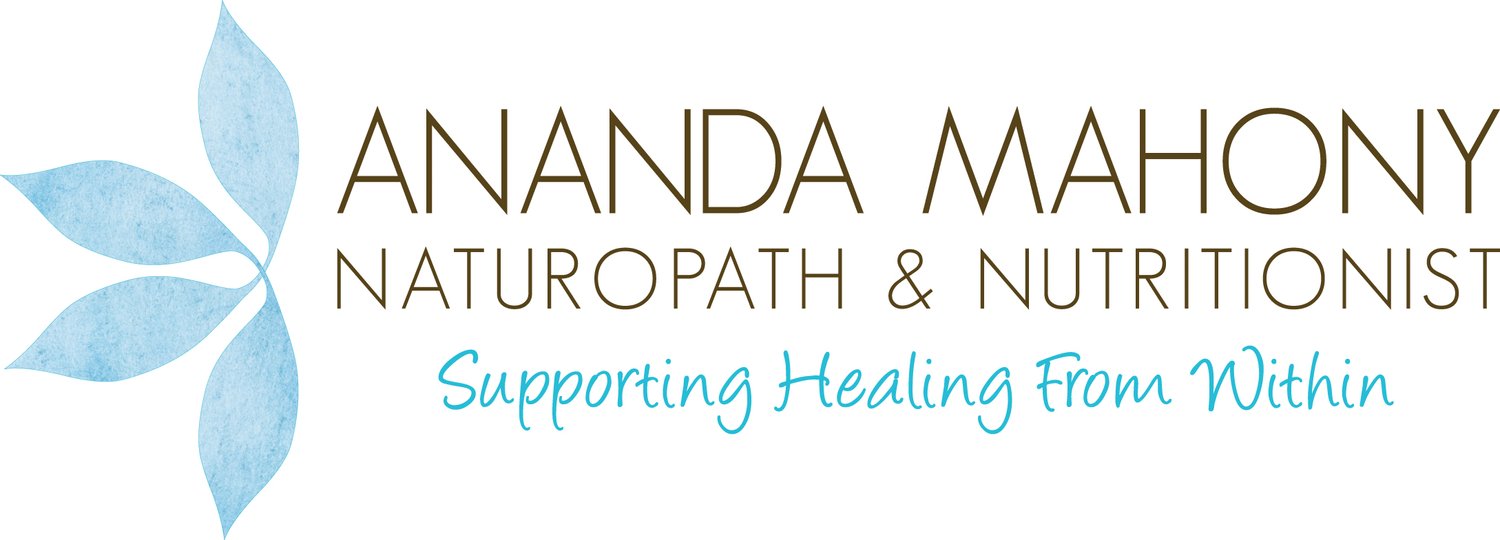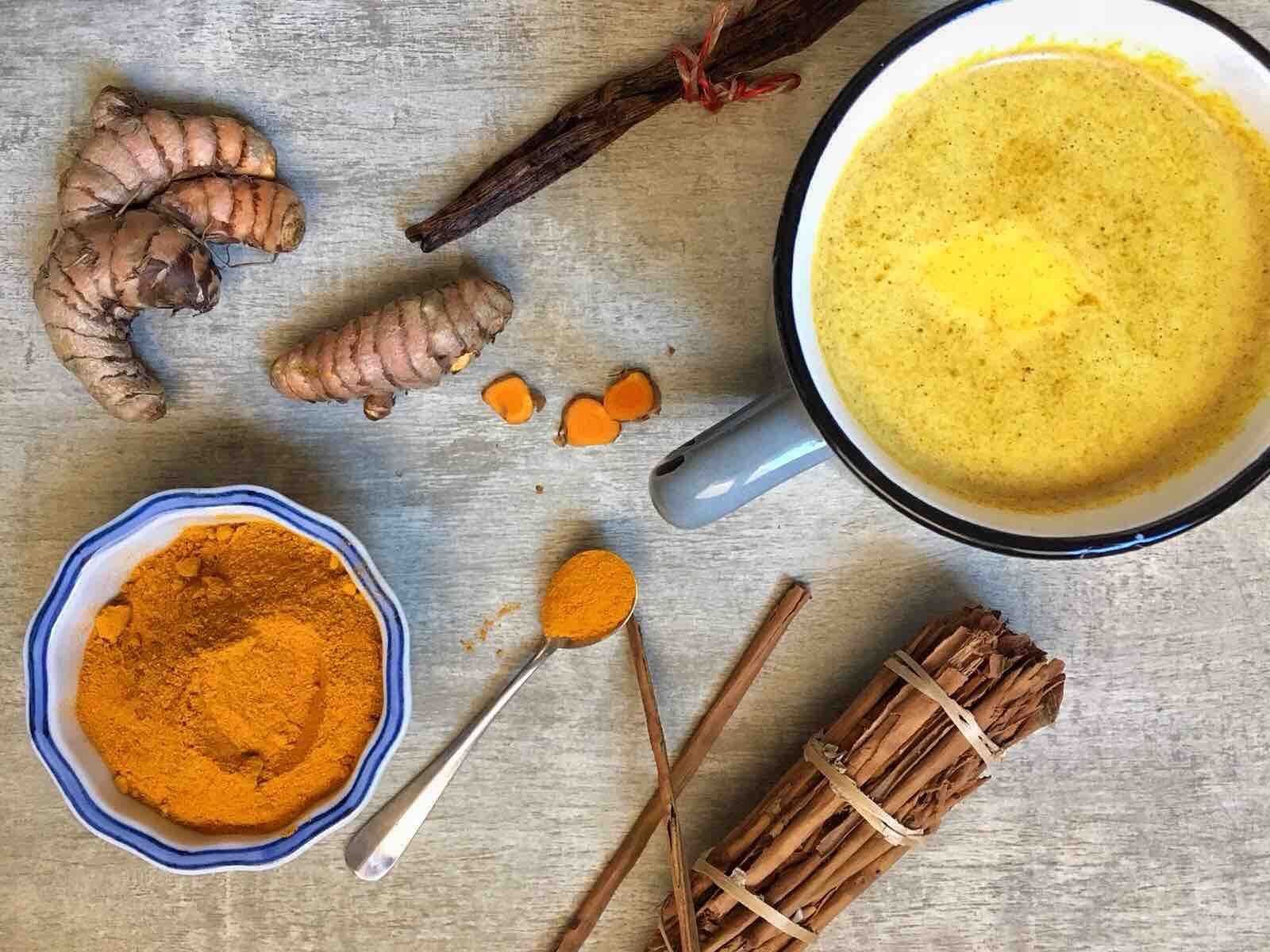Turmeric, a super spice for pain
If you do a quick search about Turmeric on the Internet you may begin to wonder what it can’t do. The list of benefits reported is extensive and the diseases it is purported to treat are numerous. This super-spice is popping up in all sorts of interesting ways from Turmeric lattes to fermented drinks. It also has a growing body of research to back up some of the widely quoted benefits. However, it is important to note that there is a difference between food ingestion and a standardised supplement and in this article, I specifically look at standardised curcumin, one of the key active components of turmeric, and the role it has to play in pain management.
Chronic pain is defined as pain that extends beyond normal healing time or 3 months, whichever comes first. It is characterised by spontaneous pain, increased responsiveness to noxious (painful) input and painful responses to innocuous stimulus e.g. light touch or normal movement. There is both peripheral and central nervous system involvement in all types of chronic pain including neuropathic, inflammatory and nociceptive, however, changes within the central nervous system and brain are commonplace and can predominate.
An anti-inflammatory super spice
Curcumin has a wide range of therapeutic benefits that have potential in the management of pain including antioxidant, immune modulating, anti-spasmodic, anti-inflammatory and antidepressant. These effects, however, have to be translated into clinical benefit and accordingly, I have looked at the research in different types of pain below.
Neuropathic Pain Treatment
Neuropathic pain arises from injury or trauma to the nerves, which can result from factors such as exposure to drugs (e.g. chemotherapy agents), metabolic disease (e.g. diabetes type 1 and 2), or lesions (e.g. multiple sclerosis). Preliminary research suggests that curcumin may help prevent pain associated with diabetic neuropathy when taken in combination with some blood sugar lowering medication.
Post-Surgical Pain
Persistent pain occurs in 50% of individuals post surgery, with opioids being the most common strategy for pain management. In a previous article I have discussed how extended use of opioids post-surgery can actually contribute to further pain development and so short-term use only is recommended. Fortunately, curcumin has a dose-dependent effect on post-surgical pain and can improve pain threshold and recovery rates. The other key factor is that curcumin can potentially reduce the risk of opioid tolerance and dependence – a definite bonus in my opinion!
Inflammatory pain
Curcumin is well known for its inflammation dampening effects and I have previously written about effective use in highly inflammatory conditions such as psoriasis and rheumatoid arthritis. Osteoarthritis is another area where use of curcumin may benefit pain levels, and also reduce the use of analgesic pain medications such as paracetamol and non-steroidal anti-inflammatories (NSAIDs), which with ongoing use are associated with significant side effects.
Several high-level reviews of the clinical evidence indicate that osteoarthritic pain can be reduced in 8-12 weeks of treatment using standardized turmeric extracts. The doses of curcumin involved were higher than most over the counter supplements currently available however the range was quite wide (400-1000mg curcumin), which means it is possible to achieve these results with lower end therapeutic doses.
Pain and mood
Depression commonly occurs with chronic pain, some studies saying it is evident in up to 70% of people with chronic pain. The association is bi-directional; those with depression may be more prone to increased pain perception and conversely, those with chronic pain are more likely to develop depression. Here curcumin may play dual roles, helping to relieve both chronic pain and depression through independent effects. While studies haven’t been specifically run in a patient population with both chronic pain and depression, independent studies in pain and also depression show positive benefit.
Safety
With all the indications for curcumin outlined above, it is important to note that individual prescribing is important both for efficacy but also for safety. Fortunately, it is generally regarded as safe, even higher dose ranges however it is important to check in with either a naturopath, holistic nutritionist (with training in supplement prescribing) or pharmacist about any potential risks associated with medication co-prescribing. I have been specific in my recommendation about healthcare providers as it is important to ask a professional who knows about curcumin and any associated risks. Your GP or specialist may simply not know, as this is not their area of expertise.
While I have only included research specific to curcumin, one of the active components of turmeric, daily inclusion of fresh or powdered turmeric is great for general health and wellbeing. For inspiration, I have included a couple of recipes below. If you are looking for a therapeutic effect from turmeric, via curcumin supplementation I recommend you a. source a quality product and b. run it past your naturopath because while it is a super-spice, there may be something more specific or appropriate to your health or pain issue.
Recipes
Turmeric Dressing
This dressing is a great addition to salads for anyone with inflammatory conditions or just to maintain good health. The recipe is as follows:
Ingredients
4 cloves garlic (optional)
¼ cup + 2 tablespoons extra virgin olive oil OR cold pressed, unrefined avocado oil
3 tablespoons lemon juice
2 teaspoons raw honey (optional)
2 teaspoons powdered turmeric
½ teaspoon Dijon mustard
⅛ teaspoon black pepper
¼ unrefined salt
Method
Place all ingredients in a mini processor and process until smooth and creamy. Alternatively, crush the garlic into a jar and add all the other ingredients. Shake well. Double or triple quantities can be made and kept in the fridge.
Cauliflower Florets with Ginger, Turmeric, and Cumin
Ingredients
1 large head cauliflower
Salt and pepper to taste
2 tablespoons olive oil, divided
1 teaspoon freshly grated ginger
1 teaspoon ground cumin
1/2 teaspoon ground turmeric
Small handful of parsley, chopped
Preheat the oven to 180°C.
Method
Rinse the cauliflower and break it up into larger florets. Use the stalk as well, just cutting it up into large chunks. Season each steak with salt and pepper on both sides. Cover an oven tray in a coating of olive oil, about 1 tablespoon. Spread the florets over the tray. Whisk together the remaining 1 tablespoon of olive oil, ginger, cumin, and turmeric. Brush or spoon the mixture on the cauliflower florets.
Roast in the oven until tender, about 15-20 minutes. Garnish with parsley and serve.
References
Daily, J. W., Yang, M., & Park, S. (2016). Efficacy of turmeric extracts and curcumin for alleviating the symptoms of joint arthritis: a systematic review and meta-analysis of randomized clinical trials. Journal of medicinal food, 19(8), 717-729.
Sun, J., Chen, F., Braun, C., Zhou, Y. Q., Rittner, H., Tian, Y. K., ... & Ye, D. W. (2018). Role of curcumin in the management of pathological pain. Phytomedicine.


